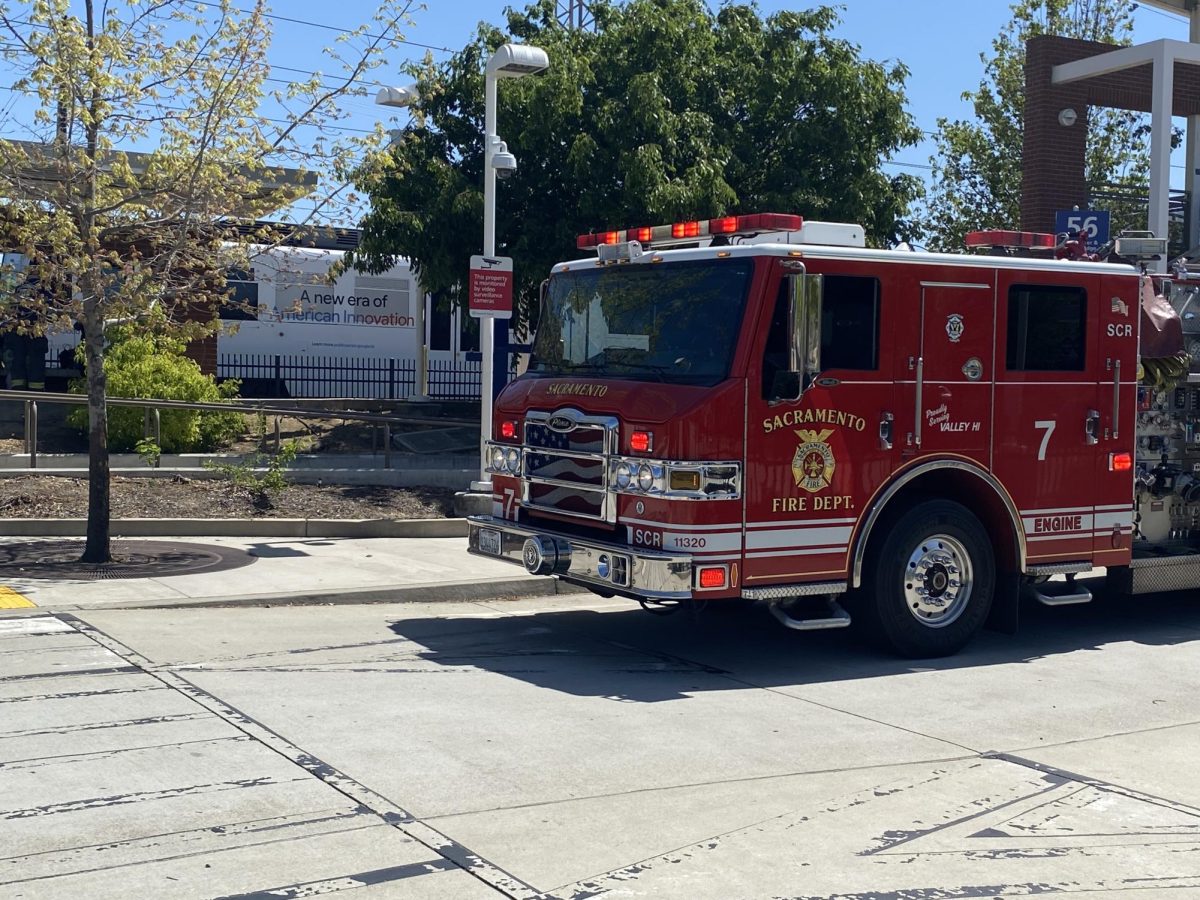President Donald Trump signed an executive order on March 18 aiming to “empower states, localities, and citizens” in terms of disaster preparedness, according to the White House website.
The order is another step in Trump’s plan to change how the Federal Emergency Management Agency operates and to shift responsibilities to the states, said Trump in a press briefing, during his Jan. 24 visit to Hurricane Helene-afflicted North Carolina, which was shared online by Forbes.
“I’ll also be signing an executive order to begin the process of fundamentally reforming and overhauling FEMA or maybe even getting rid of FEMA,” said Trump. “When there is a problem with the state, I think that the problem should be taken care of by the state.”
Yuriy Chernyy, fire captain of Cosumnes Fire Department’s fire station 76 said FEMA doesn’t play a huge role in day-to-day firefighting.
“What FEMA does do, is give grants and provide training programs. If a local fire station is lacking some sort of equipment, they can go to FEMA and ask for resources,” Chernyy said.
The executive order is part of a larger message that federal government support is going to be curtailed, said political science professor Elizabeth Huffman.
“I think it is selfish from the government,” said Christian Alvarez, an 18-year-old art major. “There should be times where the federal government should help out.”
So far this year, FEMA has granted $174.4 million in individual assistance grants to disaster survivors, according to FEMA’s website.
“A large part of what they do is they reimburse states for disasters and disaster spending, so states won’t have access to that money,” Huffman said, “It is going to hit states’ budgets pretty hard.”
Computer science major Jesse Celaya, 18, said he feels each state does have a responsibility to keep people safe.
“I kind of agree with it, but also disagree with it because the nation has more money than the states,” said Celaya, “I think it should depend on the amount of money the state already has.”
The recent Palisades Fire in Southern California is estimated to have caused between $250 billion and $275 billion worth of damage, according to AccuWeather, a weather forecasting media company.
“It feels weird to me that we as a country would try to eliminate something like that,” said 20-year-old mechanical engineering major Adrian Mendez. “In comparison to a family, it feels like your parents are the country, and the states are the children, and they are telling you to go live on your own.”
Huffman said that it will be tough for Trump to eliminate FEMA since the agency is funded through Congress and it aids three red states the most. This means legislators from those states should move to block its elimination, Huffman said.
The states who have received the most FEMA funding are Texas, Florida and Louisiana, according to the Carnegie Endowment for International Peace.
“We don’t know that Trump will be able to get rid of it, but can he defund it? Probably,” Huffman said.
The Fire Management Assistance Grant is one of the ways FEMA aids firefighters. The grant provides supplemental federal assistance, and is used to cover equipment costs and setting up field camps among other things, according to the California Office of Emergency Services.
“Ultimately, the responsibility is going to fall on somebody, if it’s not the government then the state will have to find a way to do it,” Chernyy said.

